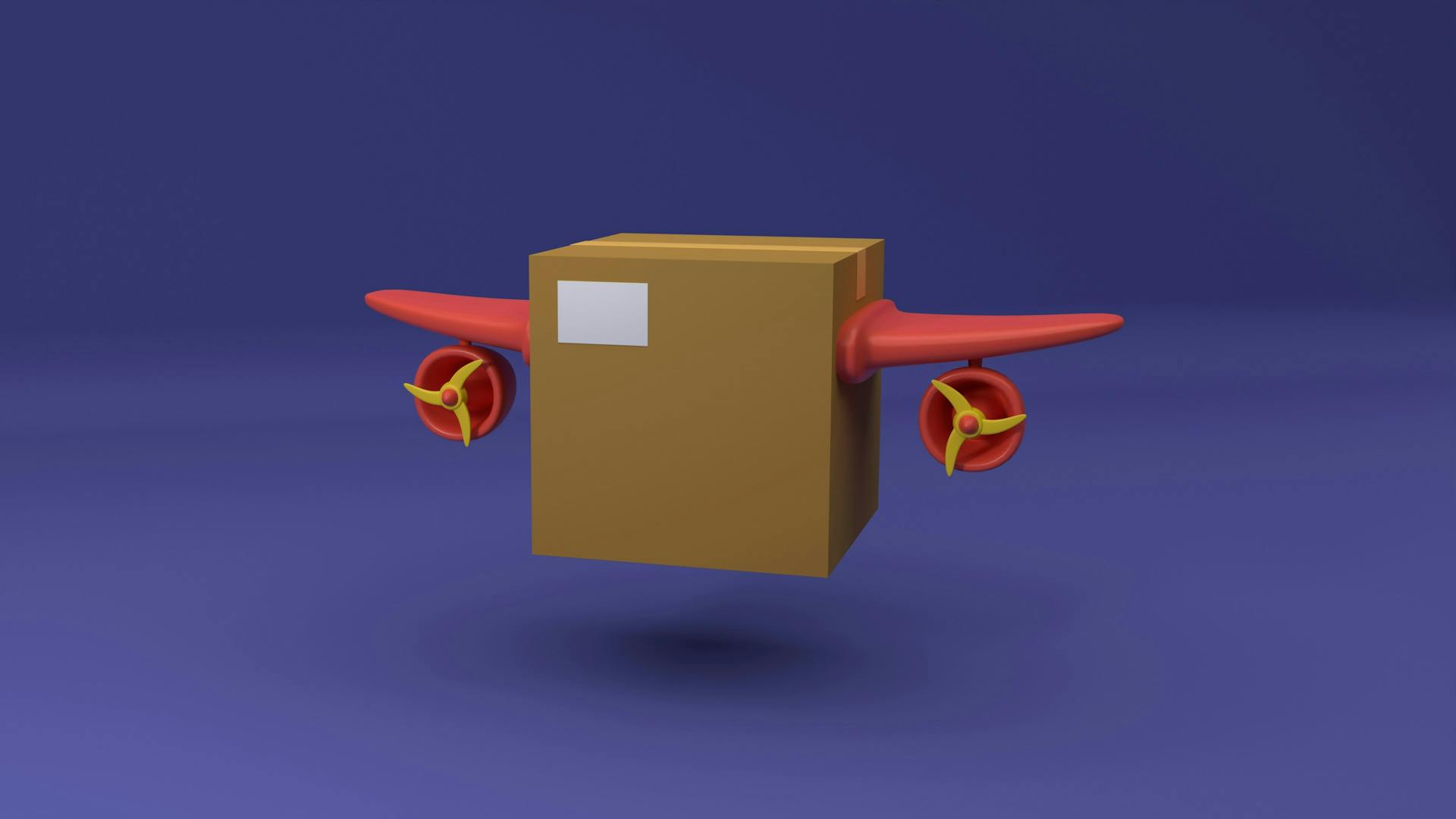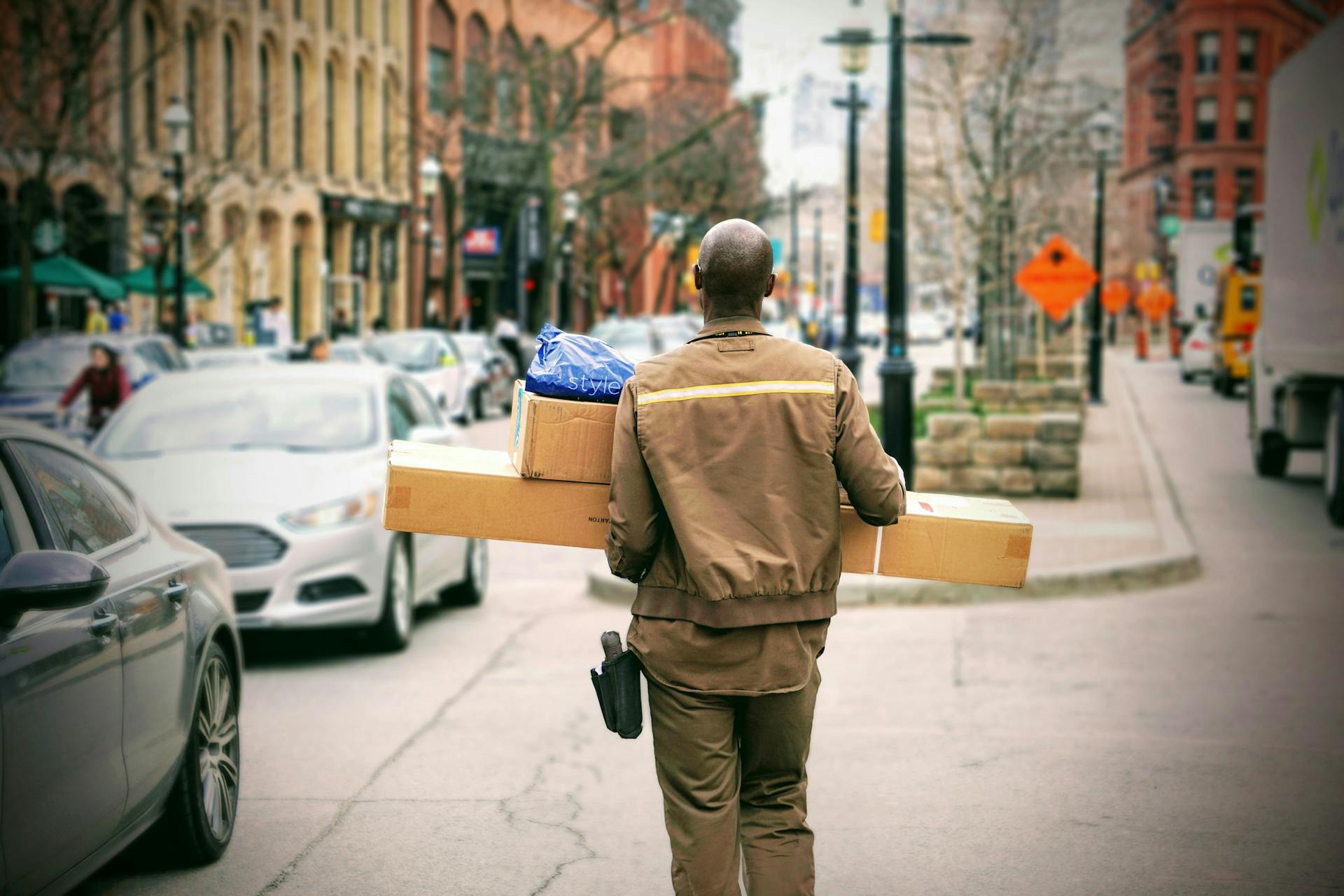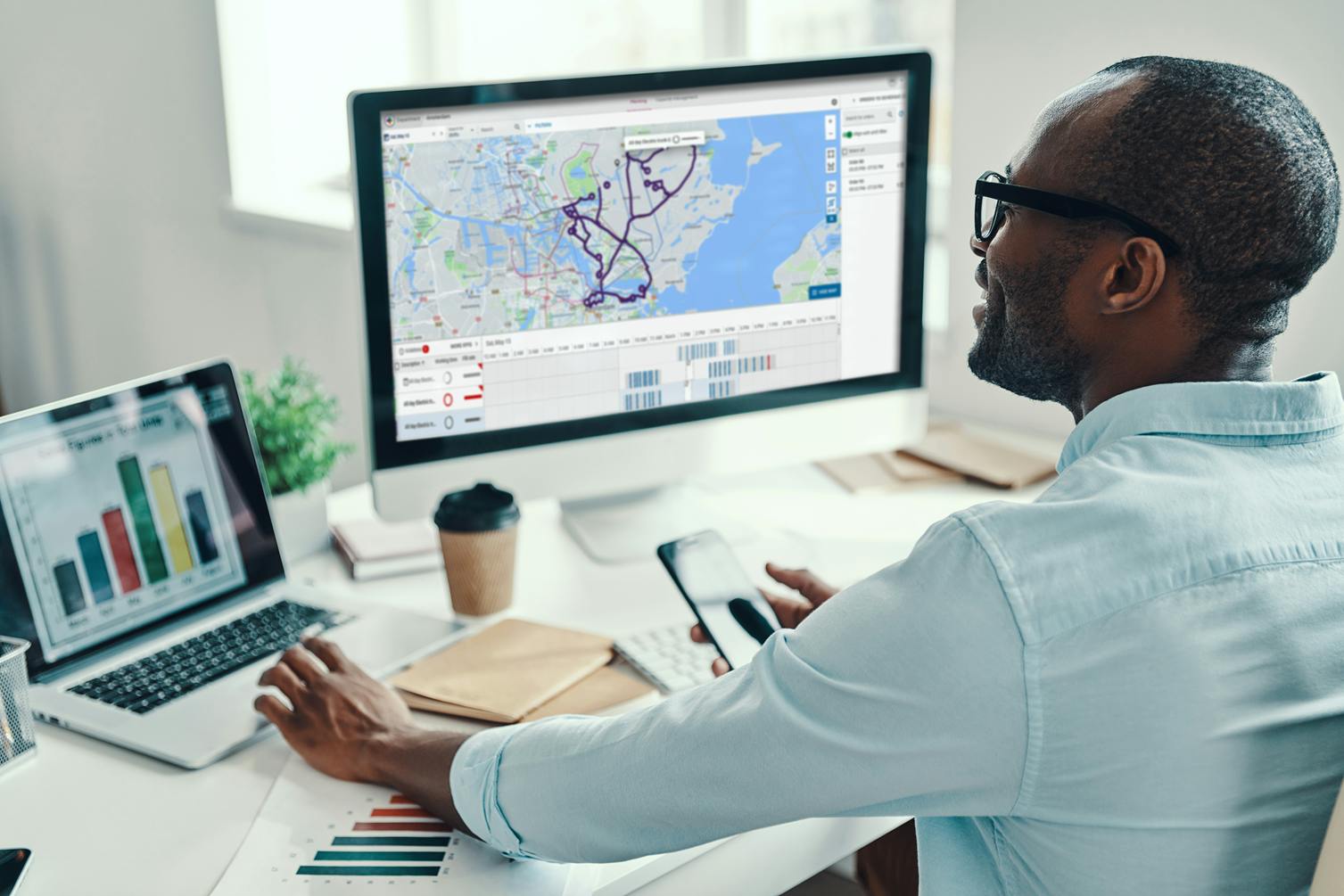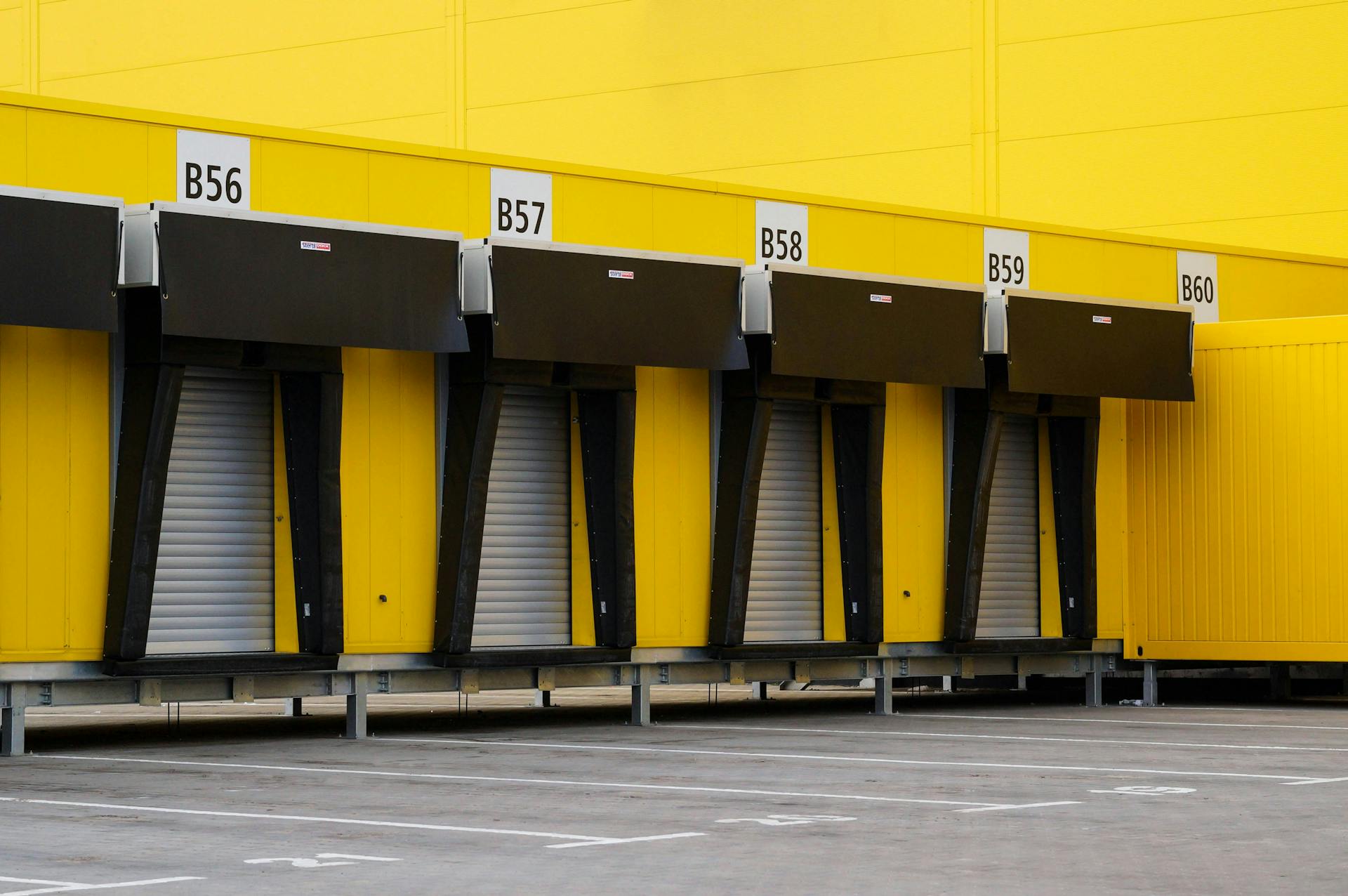Why the Last Mile Matters in Retail Logistics
Reading Time: 5 MinutesThe way you manage last mile delivery can directly impact your profitability, customer satisfaction, and operational efficiency in 2025 and beyond. For retailers, grocers, or e-commerce leaders, improving this final step in the supply chain means lower delivery costs, faster fulfillment, and more loyal customers. But what practical steps can you take—and what are other businesses doing right now?
Want to deepen your understanding of advanced grocery delivery logistics? Explore "The Comprehensive Guide to Advanced Grocery Delivery" for valuable insights and strategies, or check out our latest blog article "6 Ways to Improve Last Mile Delivery for Retail and Grocery Logistics'.

How Does Last Mile Delivery Affect Retail Costs?
The last mile delivery accounts for a significant portion of logistics expenses, sometimes nearly a third of the total shipping cost. Unpredictable routes, failed drop-offs, and urban congestion can quickly erode margins. By adopting advanced last mile delivery solutions, retailers automate route planning, optimize driver schedules, and reduce unnecessary stops. The result is lower fuel use, fewer overtime hours, and less need for manual oversight—all leading to measurable cost savings.
What Choices Do Retailers Have for Home Delivery?
Today, consumers expect flexible options: direct-to-door, neighbor drop-offs, pickup points, or even in-store collection. Each option comes with different challenges and costs. Many retailers now use specialist last mile carrier partnerships for bulky items or high-value orders, providing “white glove” services such as in-room setup. For smaller parcels, automated last mile delivery service models like parcel lockers or pickup counters are gaining ground, increasing convenience and reducing failed deliveries.
For smaller parcels, automated last mile delivery service models like parcel lockers or pickup counters are gaining ground, increasing convenience and reducing failed deliveries.
Which Technologies Are Transforming Final Mile Delivery?
Retailers are increasingly implementing last mile delivery software to track and orchestrate their logistics. Real-time last mile tracking provides customers with accurate updates and allows you to anticipate problems before they disrupt the delivery schedule. Route optimization tools integrate directly with e-commerce platforms, suggesting delivery time slots and minimizing traffic delays. As drone pilots and autonomous vehicles move toward mainstream in 2025, expect technology to provide both speed and cost efficiencies in final mile delivery.
Real-time last mile tracking provides customers with accurate updates and allows you to anticipate problems before they disrupt the delivery schedule.
How Can Efficient Last Mile Logistics Improve Customer Experience?
Transparent, predictable deliveries build trust with your customers. By offering real-time notifications and the ability to reschedule deliveries, retailers significantly lower complaints and returns. A streamlined last mile logistics approach means drivers have clear instructions, routes are adjusted for real-world traffic, and your teams are armed with the data to resolve customer queries instantly. Consistently positive delivery experiences can boost customer retention and drive repeat sales.
Consistently positive delivery experiences can boost customer retention and drive repeat sales.
What Are the Practical Outcomes for Retailers?
When the last mile delivery problem is addressed head-on with modern software and skilled partners, retailers see:
- Up to 30% reduction in last mile costs through dynamic routing and capacity planning
- Fewer failed deliveries and support calls thanks to better last mile tracking
- Stronger customer loyalty, driven by reliable and flexible last mile delivery service
- Faster adaptation to demand spikes and new delivery zones
- Data-driven insights for ongoing improvement in supply chain performance
How Do Retailers Get Started with Last Mile Delivery Solutions?
Evaluate where your operation is losing time or money: urban congestion, failed drop-offs, or manual planning. From there, consider partnering with a technology provider offering integrated last mile delivery solutions tailored for retail, grocery, or e-commerce businesses. A modern last mile delivery software stack can link to your inventory, CRM, and customer-facing channels—making the transition smooth and measurable.
Ready to Rethink Your Last Mile Delivery?
Connect with us to explore a personalized assessment or see a demo of how advanced last mile delivery solutions can streamline your retail operations—making every delivery count for your customers and your bottom line.



